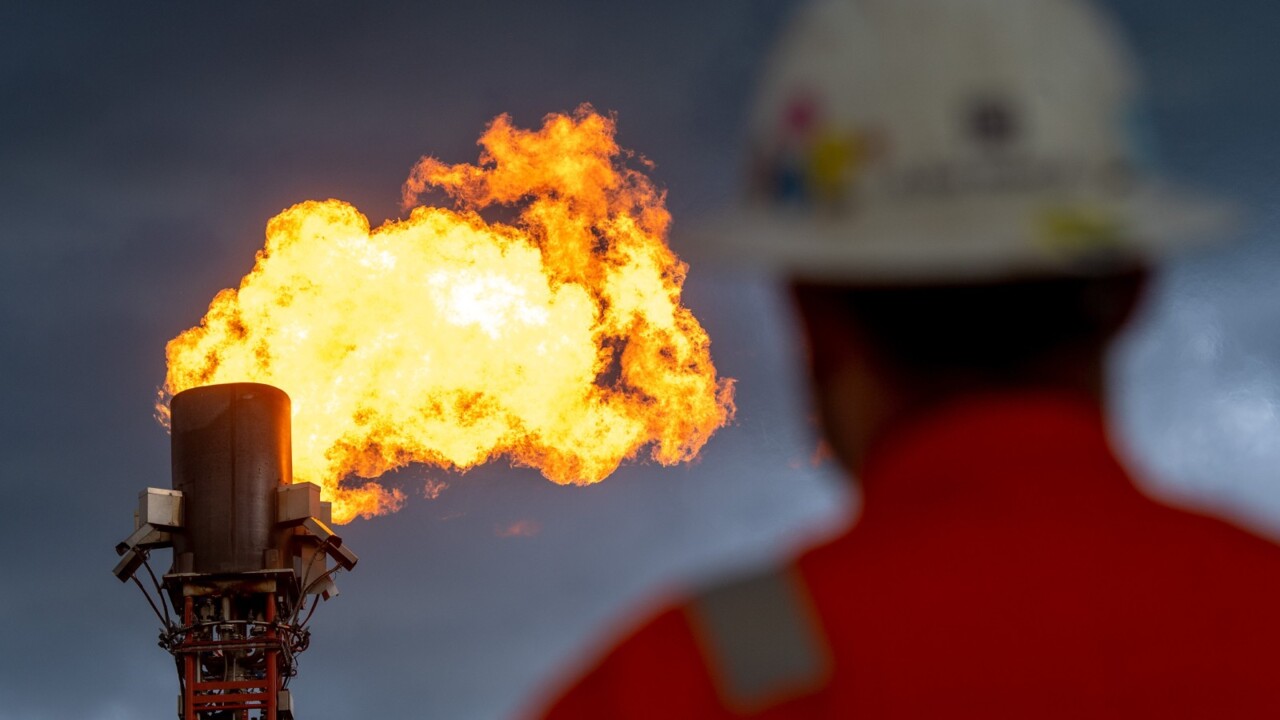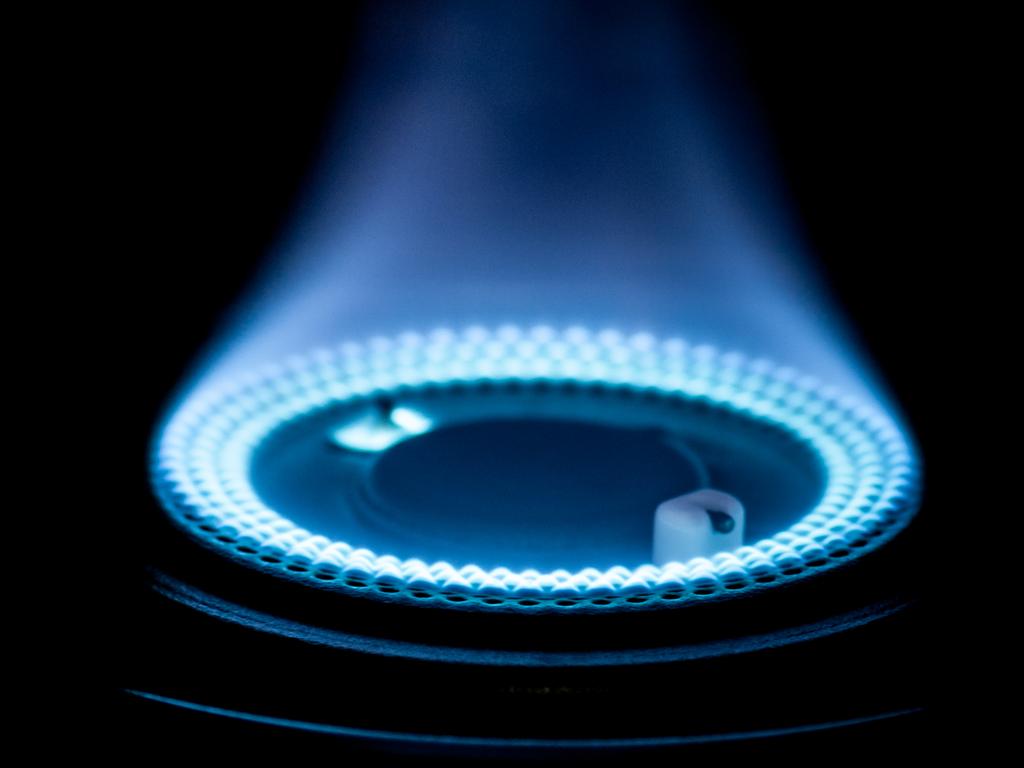AEMO tempers gas supply alarm but market remains on edge
Gas supplies are well placed to endure another cold snap across the east coast, the country’s energy market operator reported in an industry briefing.

The east coast gas market is well placed to endure a looming cold snap despite an expected week-long tempering of production from the region’s dominant producer, the nation’s energy market operator has assured the industry.
The outlook, delivered during a fortnightly industry conference call, has elevated market confidence that the east coast could get through winter without emergency measures such as shutting off many users.
The Australian Energy Market Operator has convened fortnightly industry hook-ups in a bid to manage tight supplies during winter, when demand spikes, particularly from Victoria. Victoria is the most gas dependent state and demand soars during cold periods as homes seek heating. Last month, AEMO warned of dangerously rapid drawdowns from Victoria’s major source.
Offering some hope, AEMO told the industry that drawdowns from Iona, a gas storage facility that provides supplies to Victoria and NSW, had stabilised, and increased supplies from LNG facilities had allowed some replenishment, industry sources on the call told The Australian.
However, AEMO also told the market ExxonMobil’s Longford facility was expected to be operating at below capacity between July 19 and July 27.
Industry sources told The Australian the Longford facility was expected to be producing about 755TJ a day for so-called “planned works”. Industry sources said the output was in line with recent demand.
Industry sources said Longford was also undergoing maintenance on Thursday and Friday this week, taking production down to 690TJ a day.
“We have some cold weather coming but production at Longford should be sufficient. The only issue will be if electricity markets suffer an outage and we see a pull on gas again,” said one source who participated in the call.
Gas is predominantly used for residential heating in Victoria, but spikes in electricity demand will cause an increased pull for gas across the national electricity market.
An AEMO spokesman confirmed the assessment that the market was holding up well.
“AEMO has been collaborating with industry under AEMO’s new East Coast Gas System functions, since issuing a risk to supply notice on June 19, due to the rapid decline in Iona underground gas storage inventory,” the spokesman said.
“Since then, the outlook for the gas storage inventory has remained steady, thanks in part to milder weather conditions and an observed reduction in gas-powered generation demand.”
ExxonMobil’s Longford facility supplies the bulk of all gas to the east coast, but it is struggling to maintain production as supplies begin to wane. Supplies are expected to be exhausted by 2028.
A spokesman for ExxonMobile confirmed the maintenance this week.
“Esso is undertaking some planned maintenance over the coming weeks to complete some works on West Barracouta and allow the Kipper Compression Project to come online. While we anticipate a very slight near-term supply reduction, these planned project works will give Esso additional offshore capacity to help meet the market’s needs through the remainder of this winter, as well as future years,” the spokesman said.
“As we have noted publicly for several years, having multiple supply sources across the domestic energy market is critical to ensure system reliability.”
Such is the tight supplies, the market operator warned in March that gas generators might be forced to burn diesel to keep the power grid running after authorities revealed states faced a catastrophic supply shortfall from next year unless new sources of supply were developed.
The gas shortage is politically sensitive for the federal Labor government, although a spokeswoman for Energy Minster Chris Bowen said the alarm was precautionary rather than indicative of an imminent crisis.
Still, the tight gas supplies have added pressure to electricity futures, which help set the price for household and business bills.
Australians pay some of the world’s highest utility bills, and a cost-of-living squeeze is adding to households’ budget pressures.
The issue could be made worse as Australia’s ageing coal power stations are experiencing a spate of small outages, which has constrained electricity generation.
The nation’s renewable energy generation is also likely to pick up soon, and analysts said depressed coal output would add pressure on bills in the coming years.






To join the conversation, please log in. Don't have an account? Register
Join the conversation, you are commenting as Logout